|
In Kabalebo there are 8 different kind of monkeys: - Golden handed Tamarin - Common Squirrel Monkey - Brown - Capuchin Monkey - Wedge - Capped Capuchin - Howler Monkey - White - faced Saki - Bearded Saki - Black Spider Monkey The Howler Monkey (Alouatta seniculus) stands out from the group of monkeys thanks to: - their fur; when fully exposed under direct sunlight, a bright red-brown color is noticeable - their trademark howl; when you hear their howling for the first time it sounds a bit scary Howler Monkeys are terrestrial social animals living in small groups of at least 6 - 8. In Kabalebo I've seen them at different locations. As they have a slow digestion system it is not necessary for them to cover large distances. Near the lodge I've seen a group of Howler Monkeys since I just started working here, in 2009. Over the past years I've noticed that their territory covers the area near the lodge. The group consist of 6 - 7 members (both adults and young ones) During the years some members left the group to join other Howler groups. Their menu consists out of young leaves. Once I've witnessed that the group near the lodge was drinking rainwater out of a tree hole. Their trade mark howl is to let intruders know that they entered their territory. I've experienced this unique moment when I was guiding tourists near the lodge. We heard and then saw them moving above us. The moment they noticed us, they stopped their journey and the leader started to growl. Then a soft low howl followed. Seconds later the group split up and soon we were surrounded (from above). What followed was unbelievable:
In unity they started to howl and because they had us surrounded, the sound was immense. Even a chain saw sound couldn't reach that kind of level. For 5 minutes we were treated with this special show. And just how the howling had started that's how it suddenly ended. The leader thought that he made his point loud and clear and gave the signal to stop..... and continued his journey with his family. Comments are closed.
|
Archives
June 2024
Categories
All
|
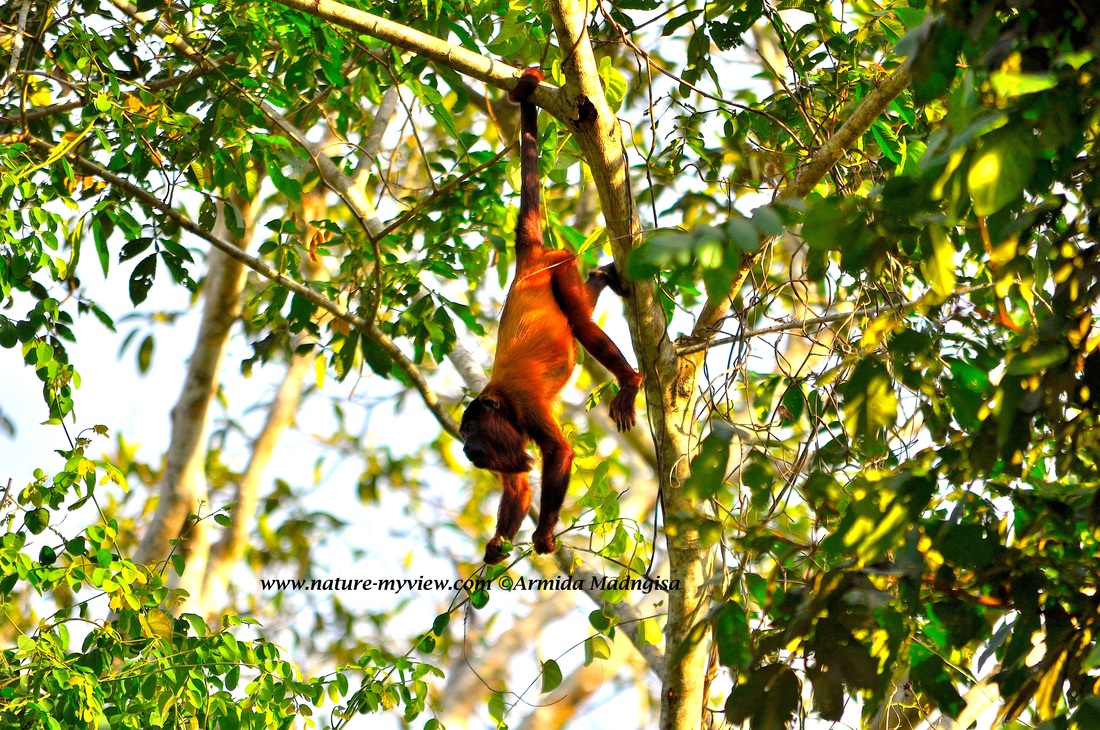
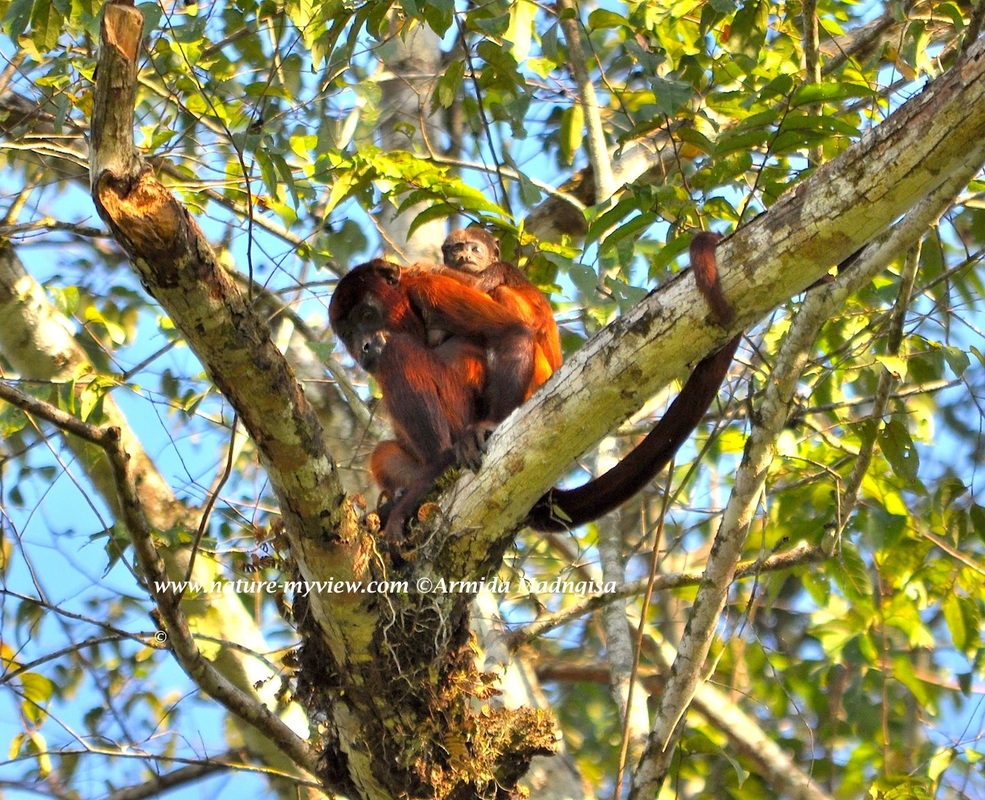
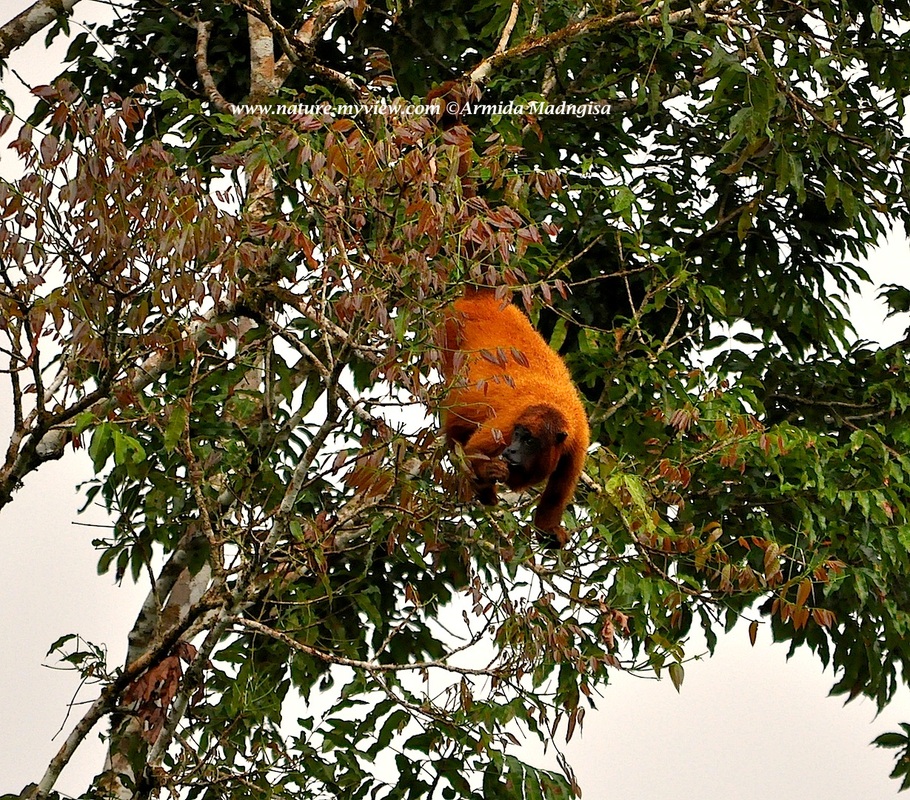
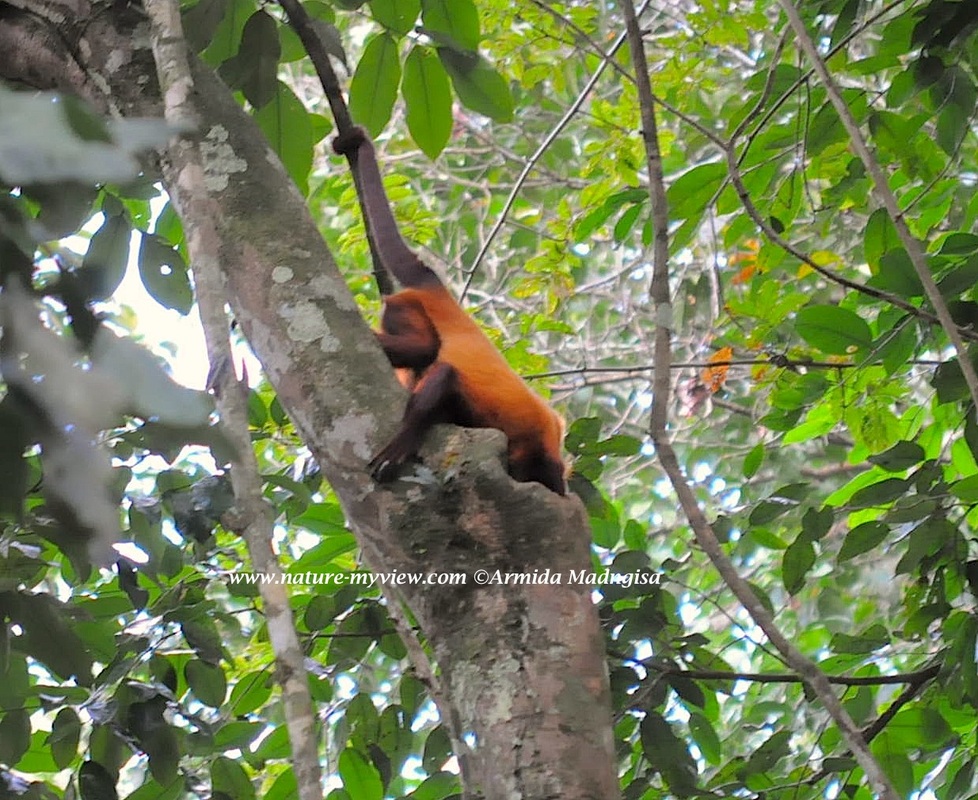
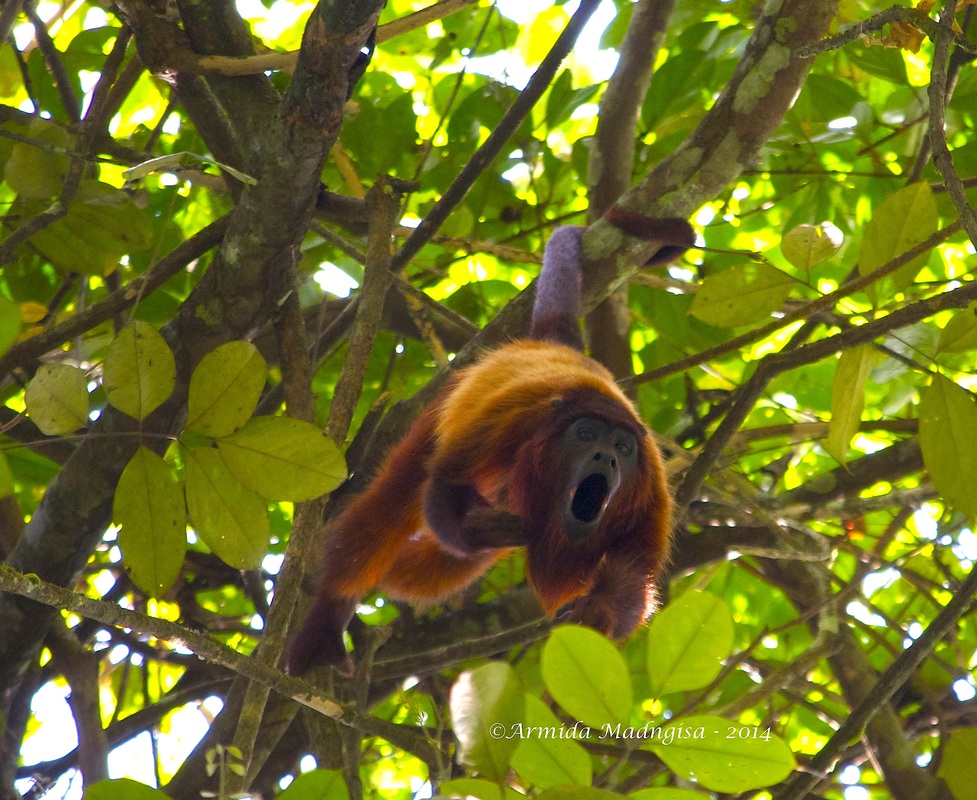
 RSS Feed
RSS Feed